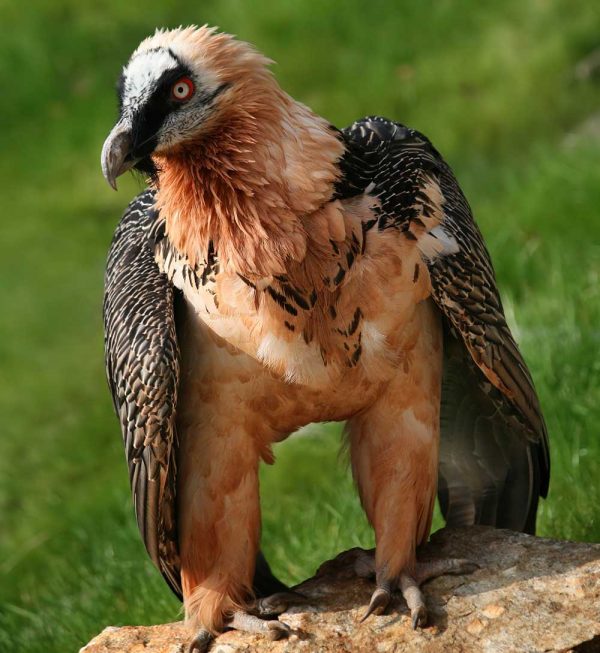
Photo: Richard Bartz, Munich aka Makro Freak
The French and English names (gypaète barbu and bearded vulture) refer to its distinctive red “beard” but the Spanish name for the Gypaetus barbatus, Quebrantahuesos tells you more about it: the name means “bone breaker”.
And that’s what the bird does. If its beak isn’t strong enough it will carry the bone (and occasional tortoise) into the air and drop it onto a rock. It cleans up where the vultures leave off. 85% of its diet is bones.
Although widely distributed across North Africa and Asia it is rare in Europe and in 2014 the IUCN upgraded its status to “near threatened” globally. It noted that although the global population was decreasing, in northern Spain, since 1986, it has been increasing.
An article in La Vanguardia (dated 12 March 2017) explains why: over the last 25+ years the Aragon government has set up four muladares, feeding points where bones and feet from local slaughterhouses are deposited. This 10 tonnes a year has contributed to the population growing from 39 pairs in 1994 [IUCN figure] to over 120 today. In contrast the overall European population has declined 10% over the last 50 years.
One of these feeding points is near Torla on the GR11. Although you will need written authorisation to get close, you may be lucky: I saw a bearded vulture near Escuain on the GR15 (just south of Góriz on the GR11).

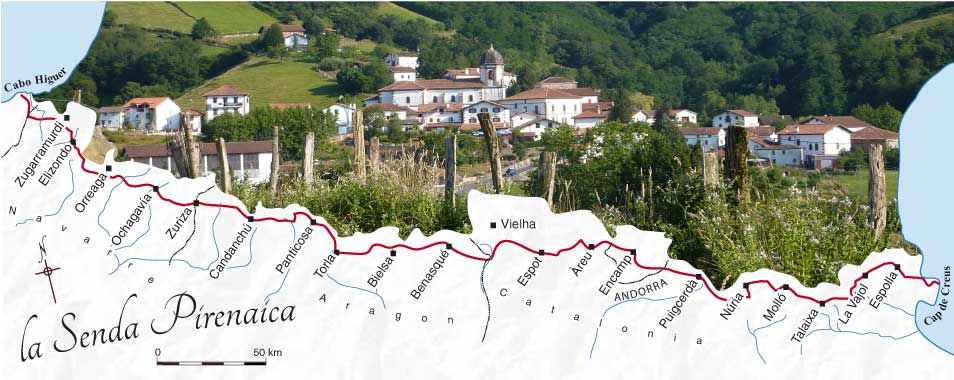

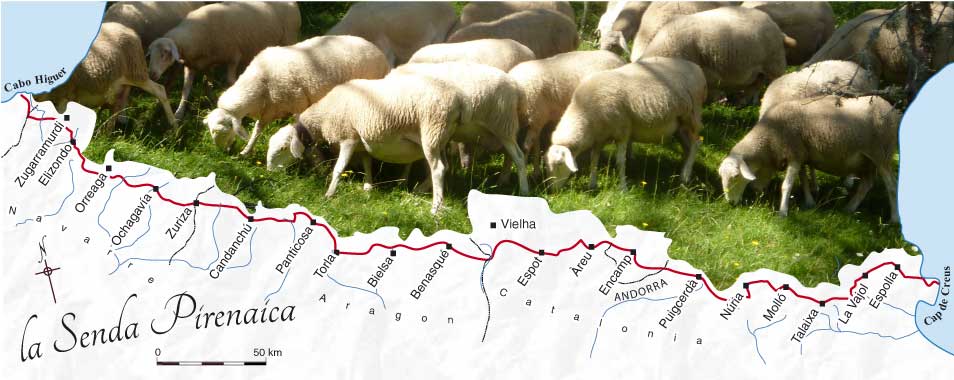



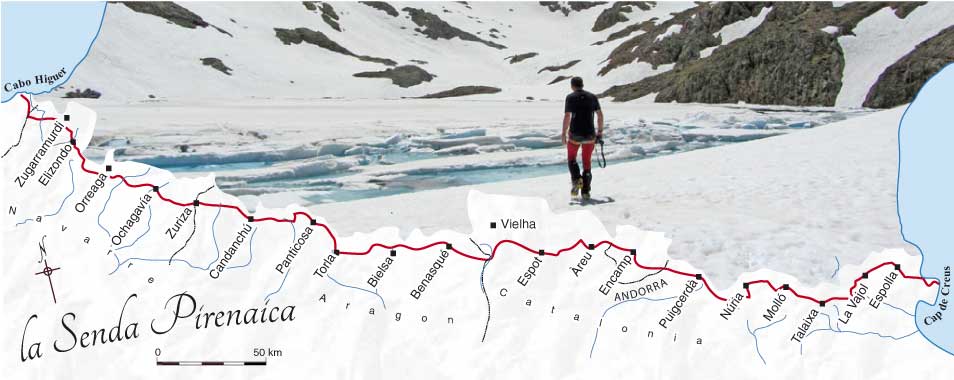


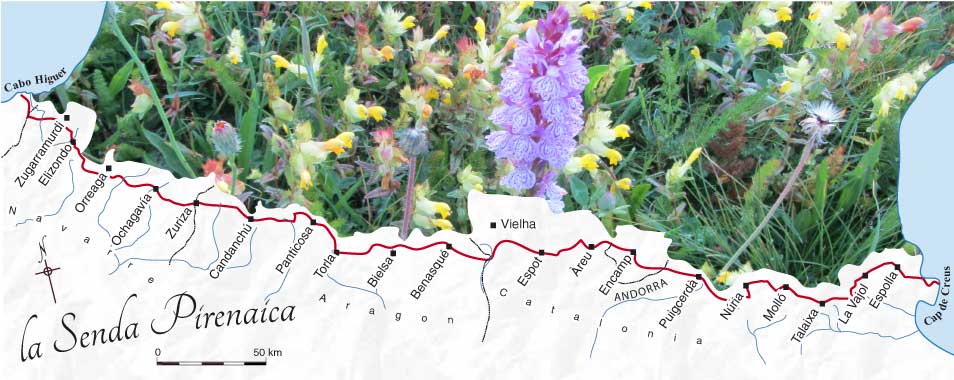
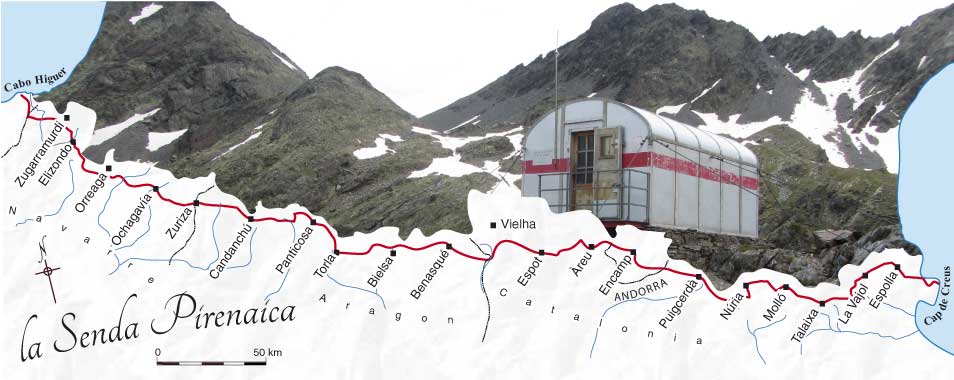
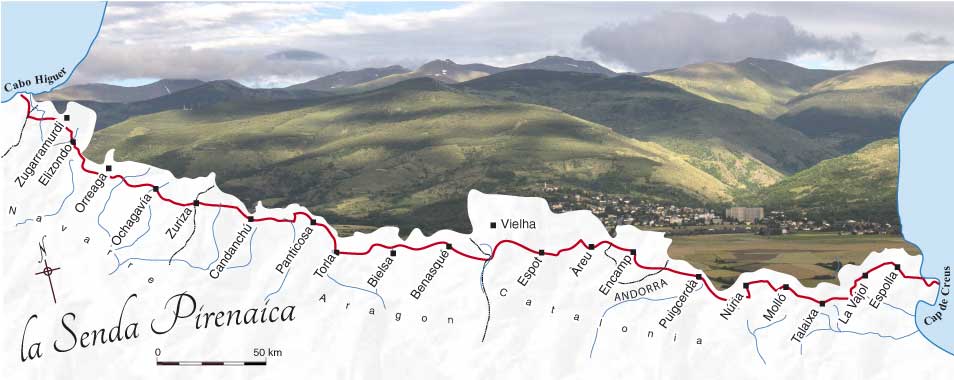
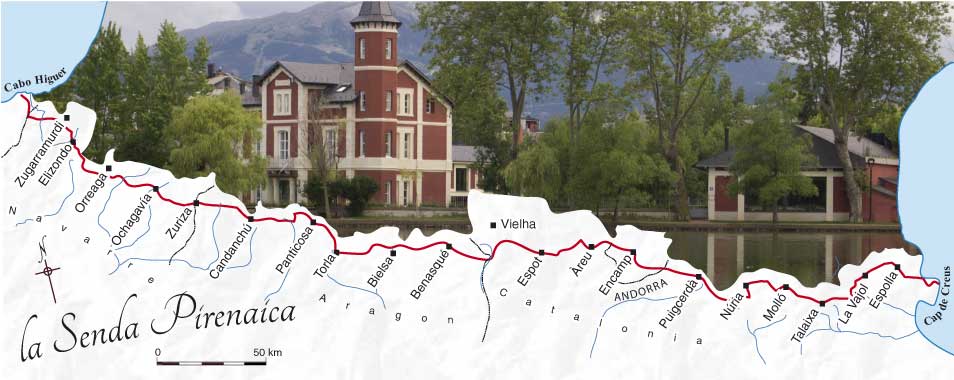
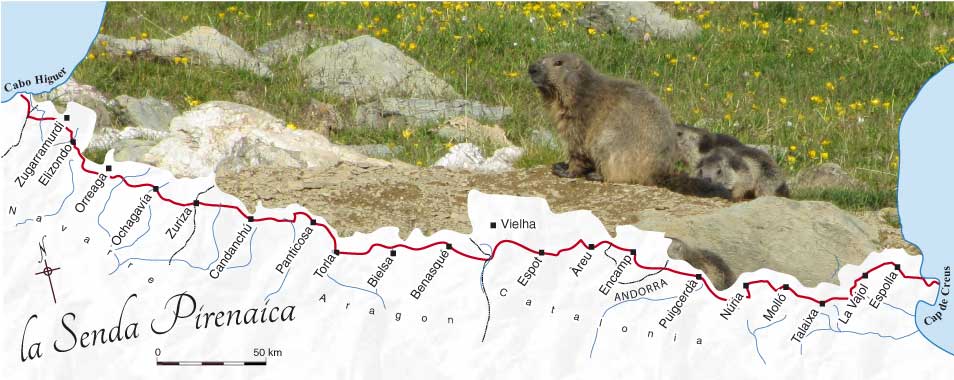


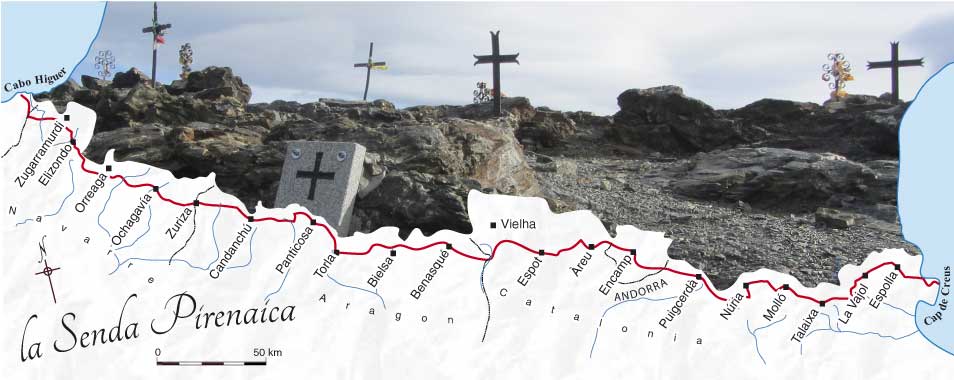
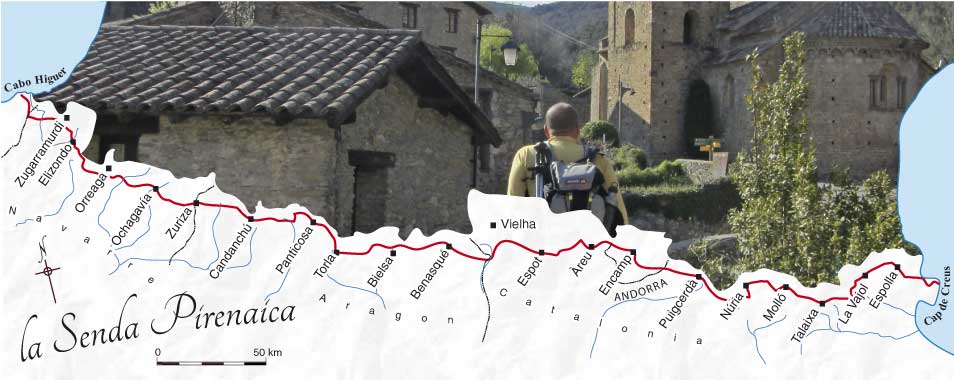


I will be walking from Isaba to Goriz Hut this coming September. I anticipate a bit of stumbling as I scan the sky for these marvelous birds. Wish me luck.
I hope you see one then, Tom. It’s the diamond-shaped tail that’s the give-away.
Best, Steve